
Species details
Cells in girdle view are asymmetrical, one side much higher than the other. The valvocopula wedge shaped, widest opposite to the opening. Greatest convexity of the valve not in the center of the valve but nearest the widest part of the valvocopula.The chloroplasts are discoid and smooth in outline. The valve with central rosette of larger areolae. Radial areolation, incomplete striae, and decussating arcs in the central part of the valve. the cribra is barely dicernible with LM. One ring of marginal processes including two larger processes, readily seen with LM; the larger processes seen as deep indentations of the valve mantle. Hyaline lines from the marginal processes toward the valve center more or less distinct
- Cell Diameter: from 40 to 200 µm
- Areolae in 10µm: from 8 to 11 n°
- Areolae (mantle) in 10µm: from 13 to 14 n°
Neritic. Widely distributed. North temperate or boreal species., mainly confined to northwestern European coasts, North Sea, Norwegian and Danish Seas, Irish Sea, and English Channel, Baltic Sea, also occurs in Kuwait’s waters.
HD factor:
cell diameter 40-110 µm - HD factor 0,7
cell diameter 110-130 µm - HD factor 0,6
cell diameter 130-170 µm -HD factor 0,5
cell diameter 170-230 µm - HD factor 0,4
cell diameter 230-300 µm - HD factor 0,3
cell diameter 300-370 µm - HD factor 0,25
Toxicity:Not reported.
Resistence Stages:Not reported.
Marine Phytoplankton Atlas of Kuwait’s Waters, Kuwait Institute for Scientific Research Kuwait, Al-Kandari M., Al-Yamani F. Y., Al-Rifaie K., 2009,
Marine plankton diatoms of the West Coast of North America, University of California Press Berkeley and Los Angeles, Cupp E. E., 1943,
Checklist of Baltic Sea Phytoplankton Species. Baltic Sea Environment Proceedings No. 95, Helsinki Commission Baltic Marine Environment Protection Commission, Hällfors G., 2004,
Composition and annual cycle of phytoplankton assemblages in the northeastern Adriatic Sea., Botanica Marina 52(4), Vilicic, Djakovac, Buric, Z. & Bosak, 2009, 291-305.
Biovolumes and size-classes of phytoplankton in the Baltic Sea, HELCOM Balt.Sea Environ. Proc. No. 106, Olenina I., Hajdu S., Edler L., Andersson A., Wasmund N., Busch S., Göbel J., Gromisz S., Huseby S., Huttunen M., Jaanus A., Kokkonen P., Ledaine I. and Niemkiewicz E., 2006, 1-144

_635022425236040000.jpg)
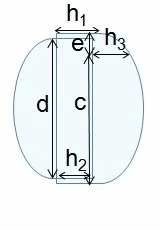
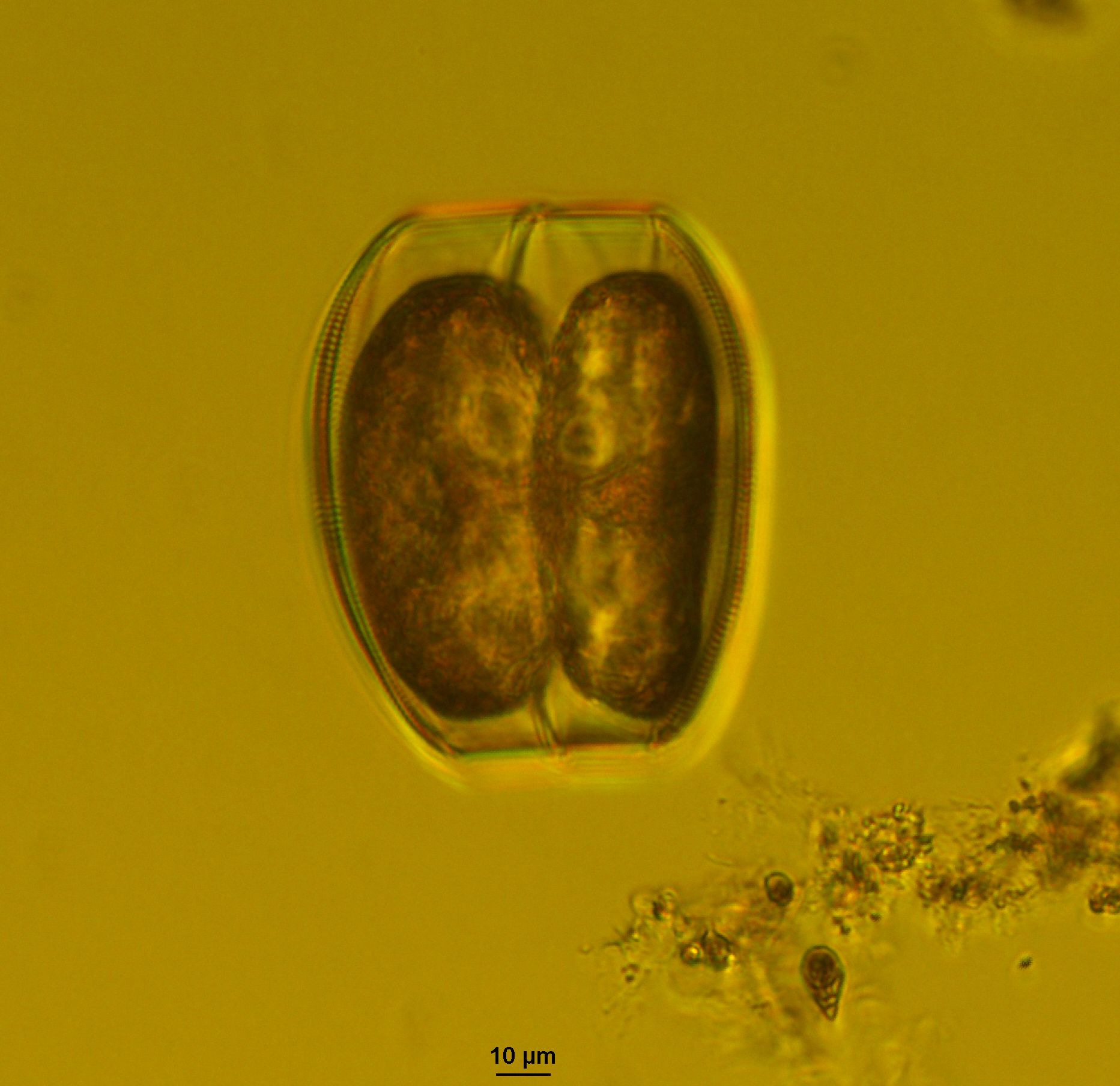
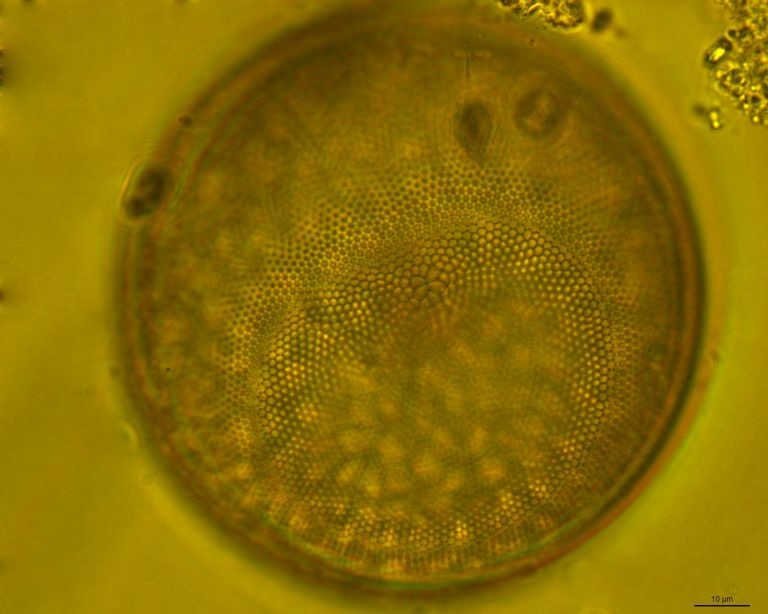
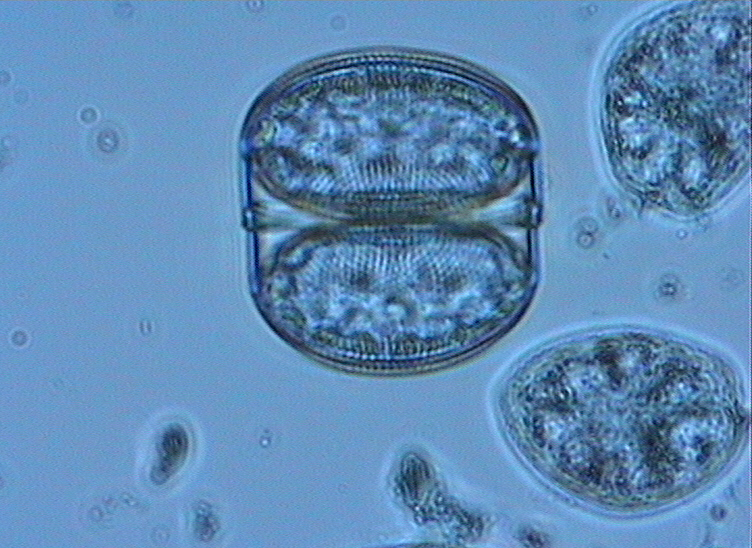
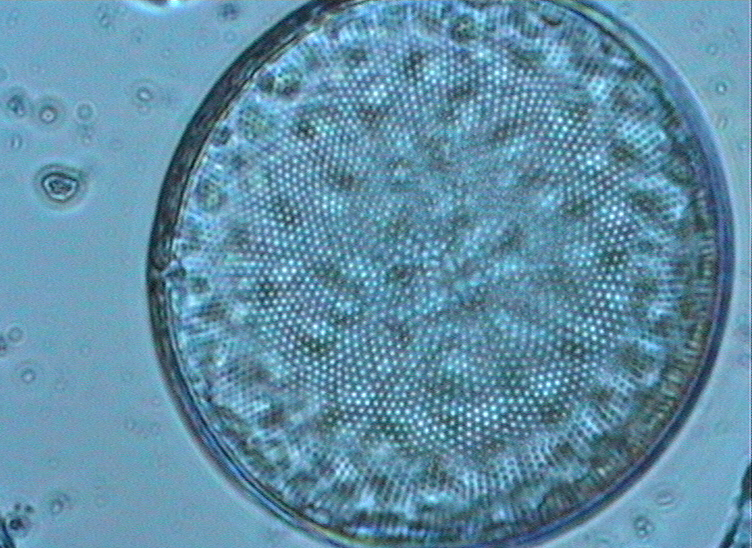
.jpg)
 1.jpg)
.jpg)